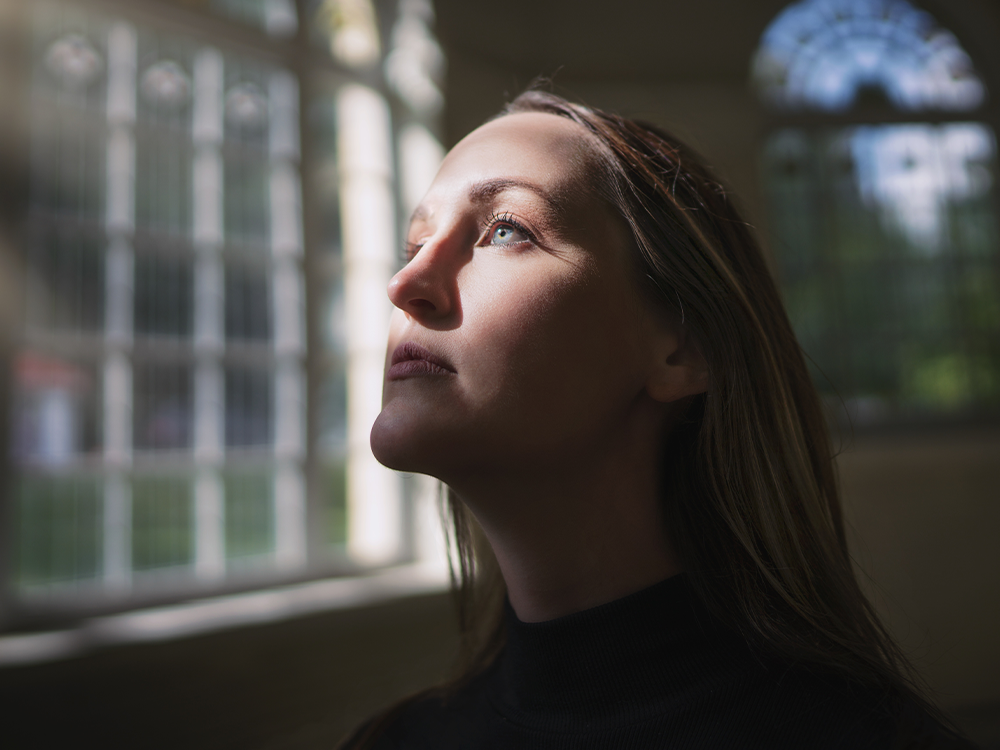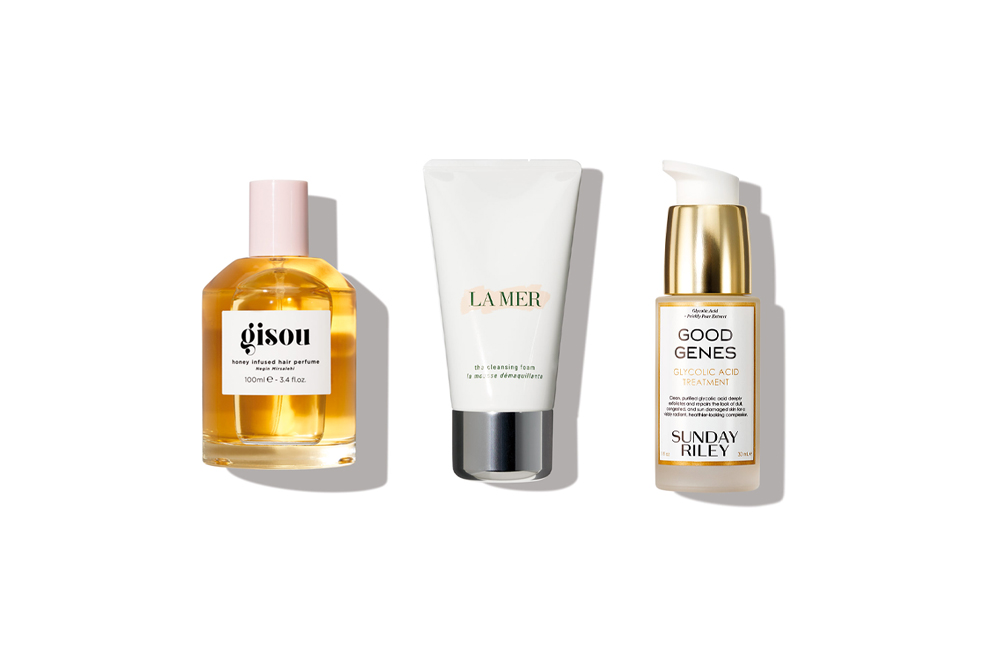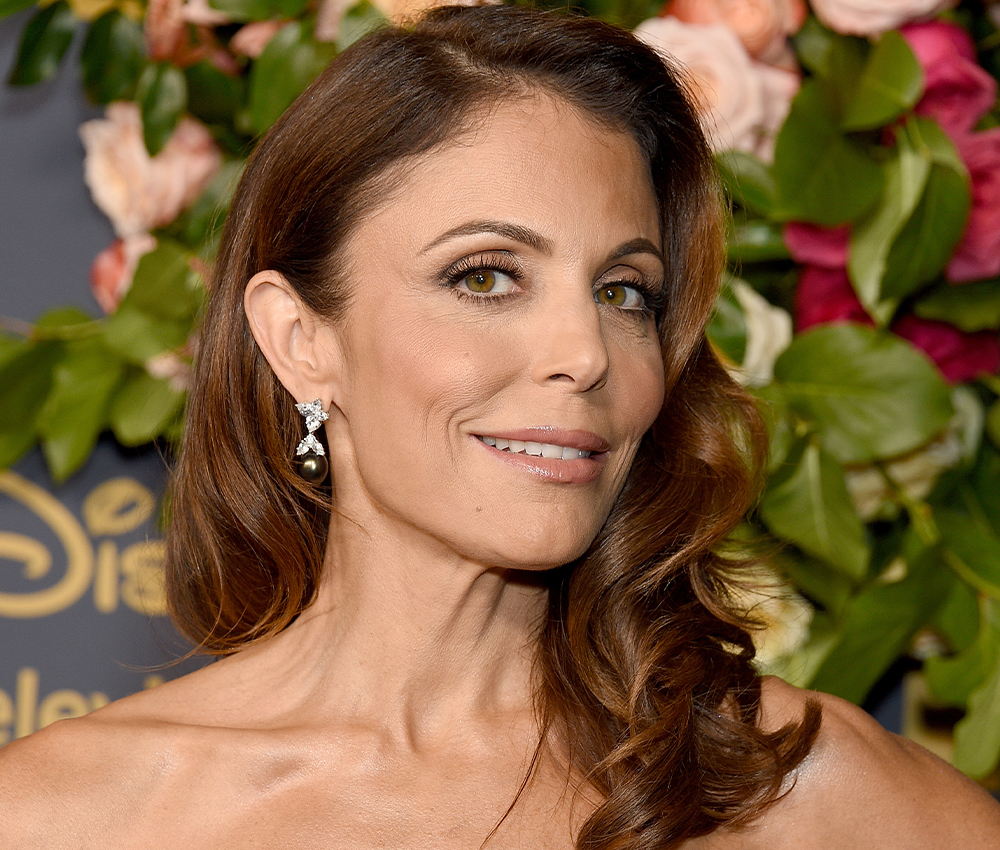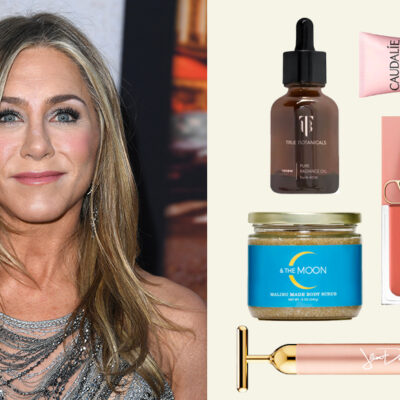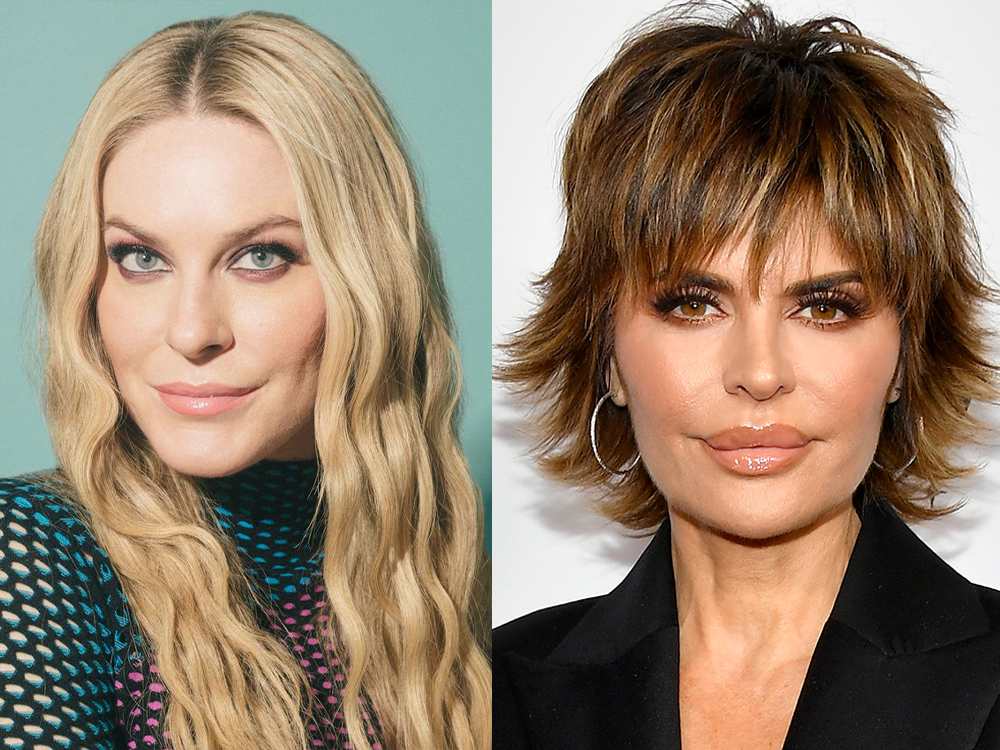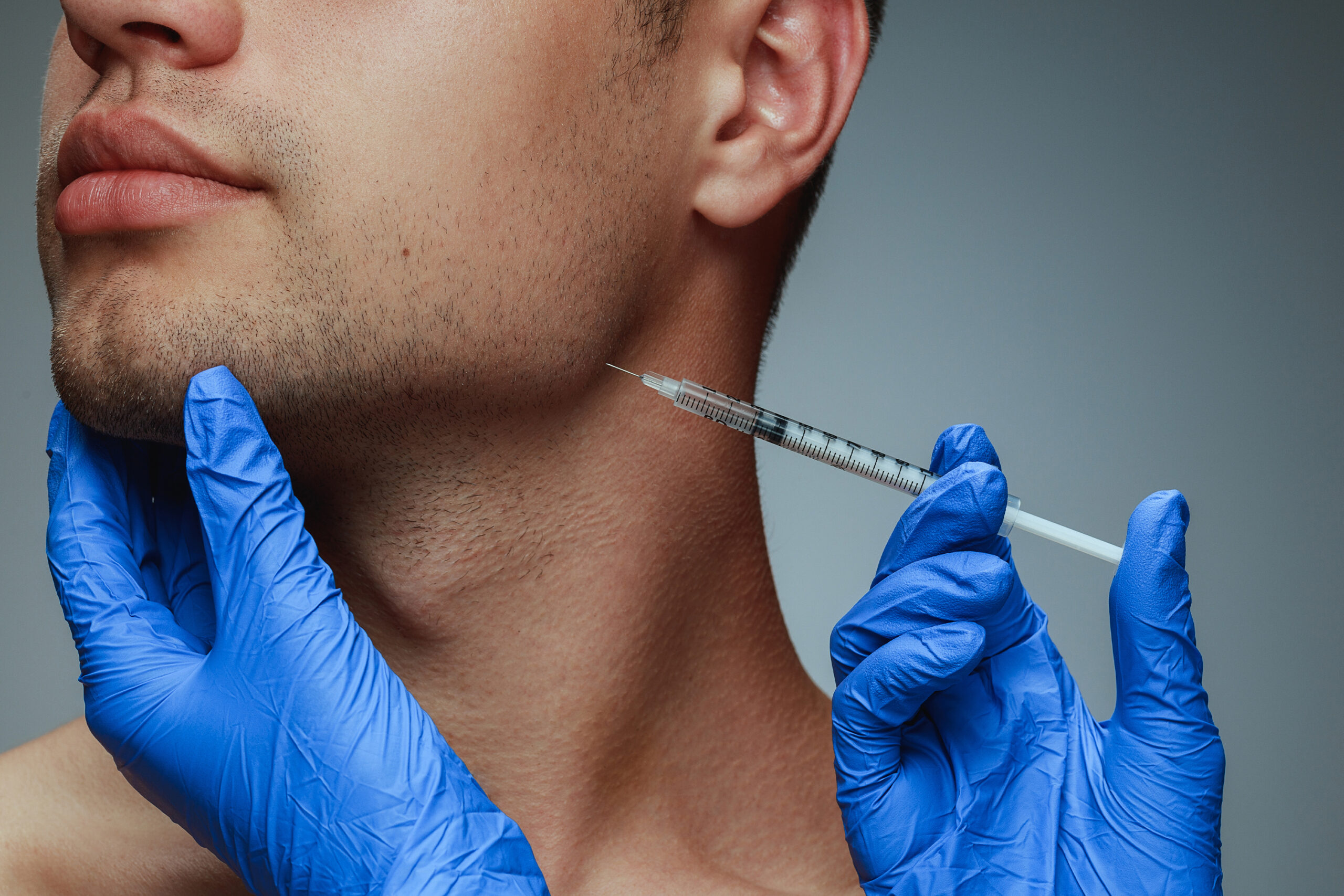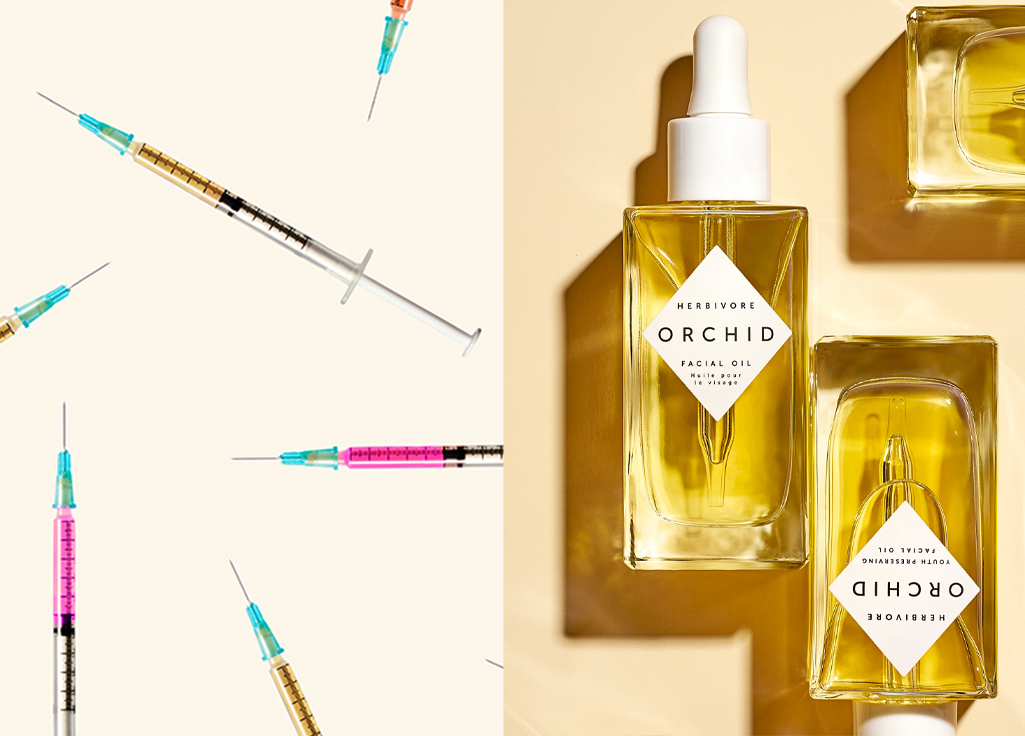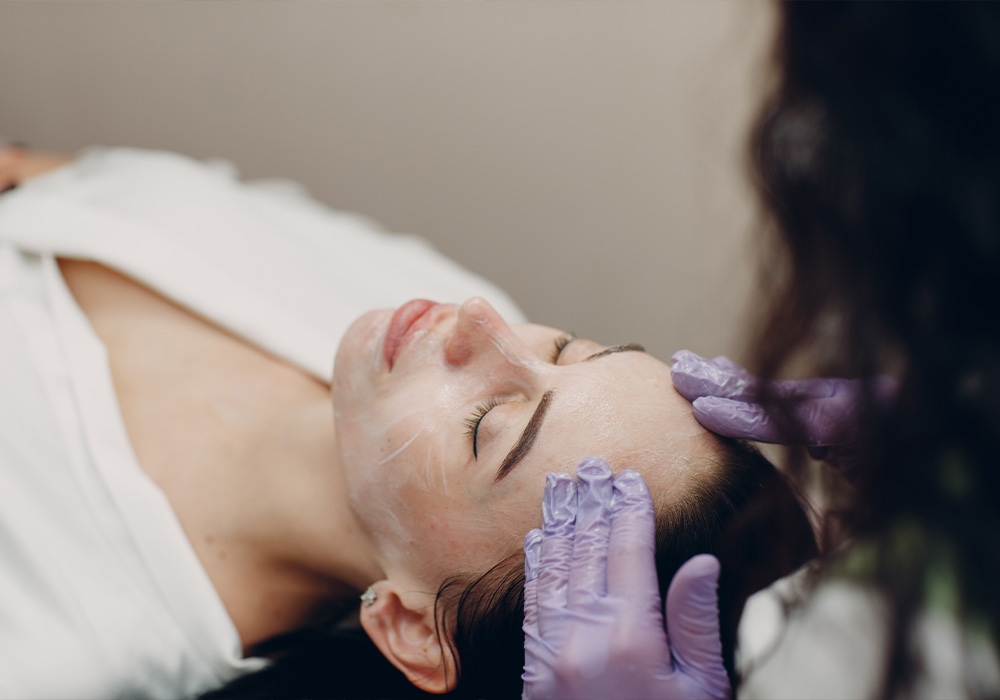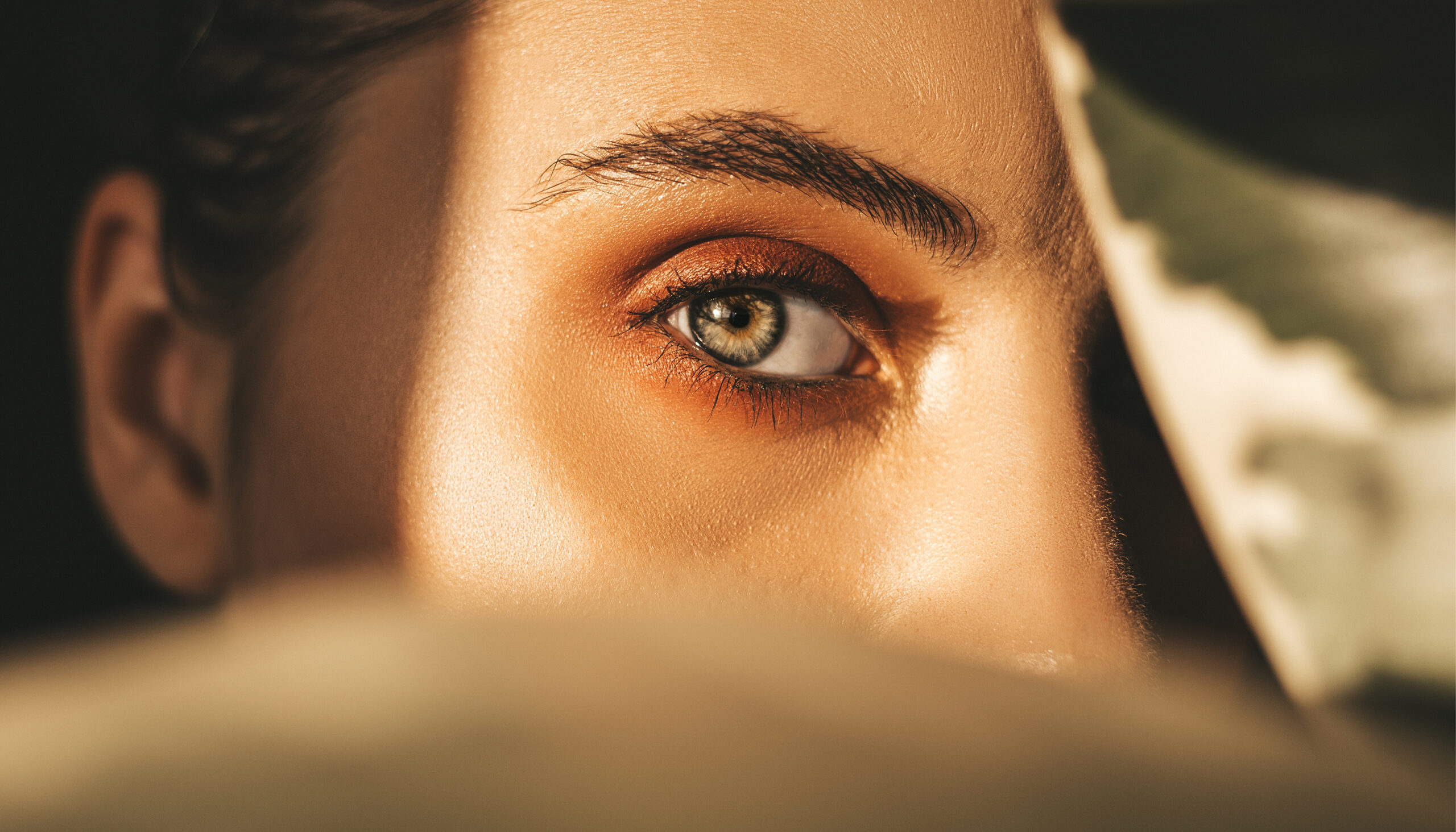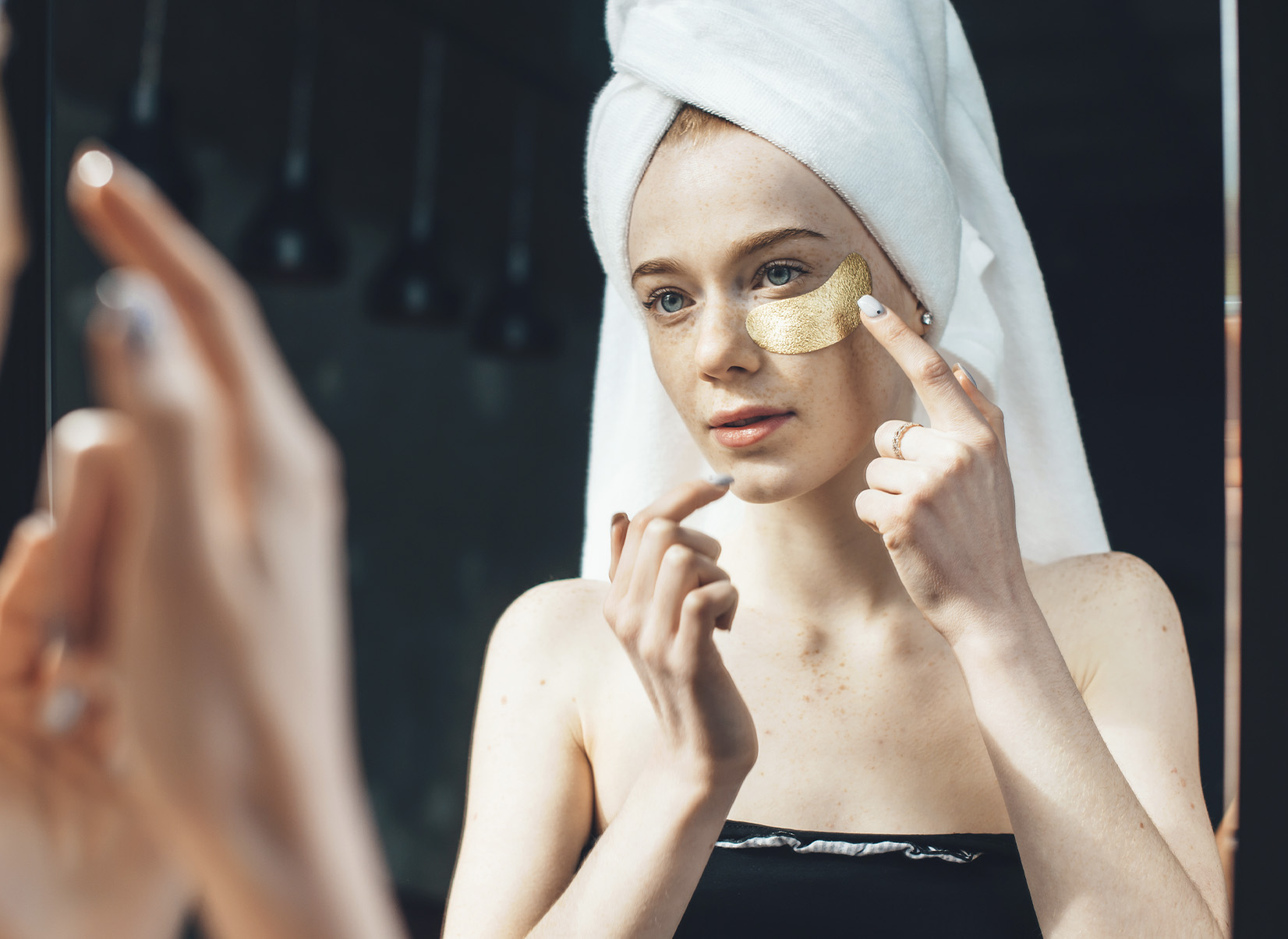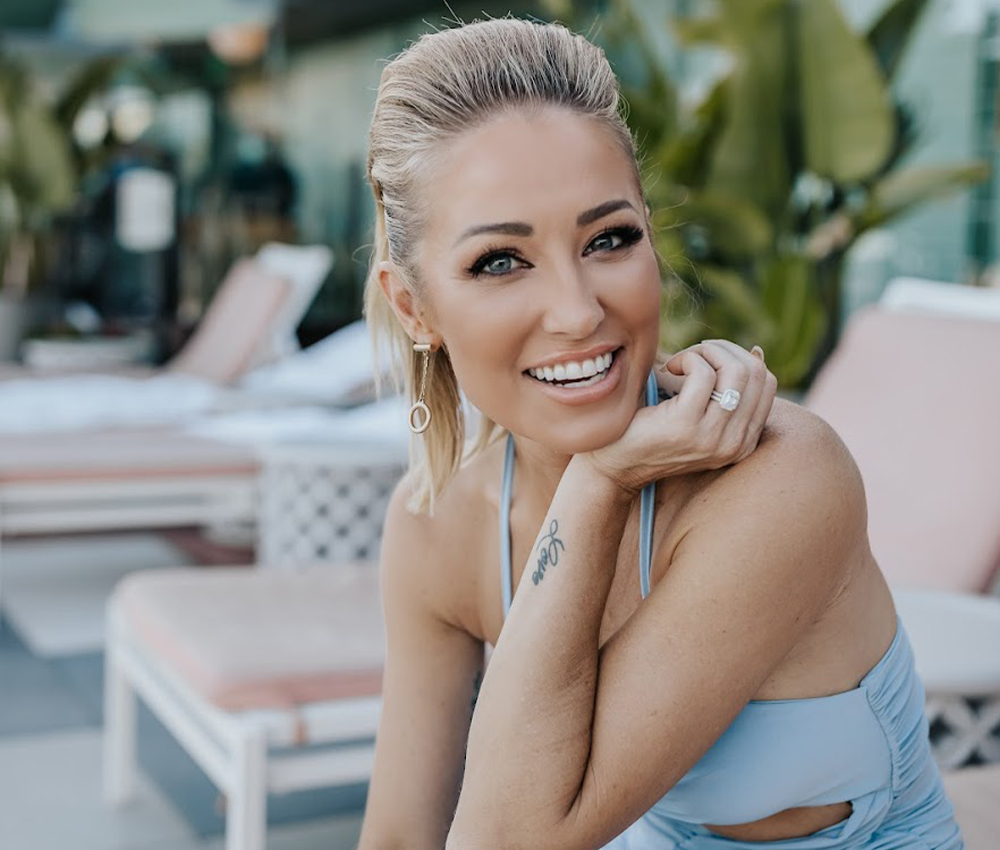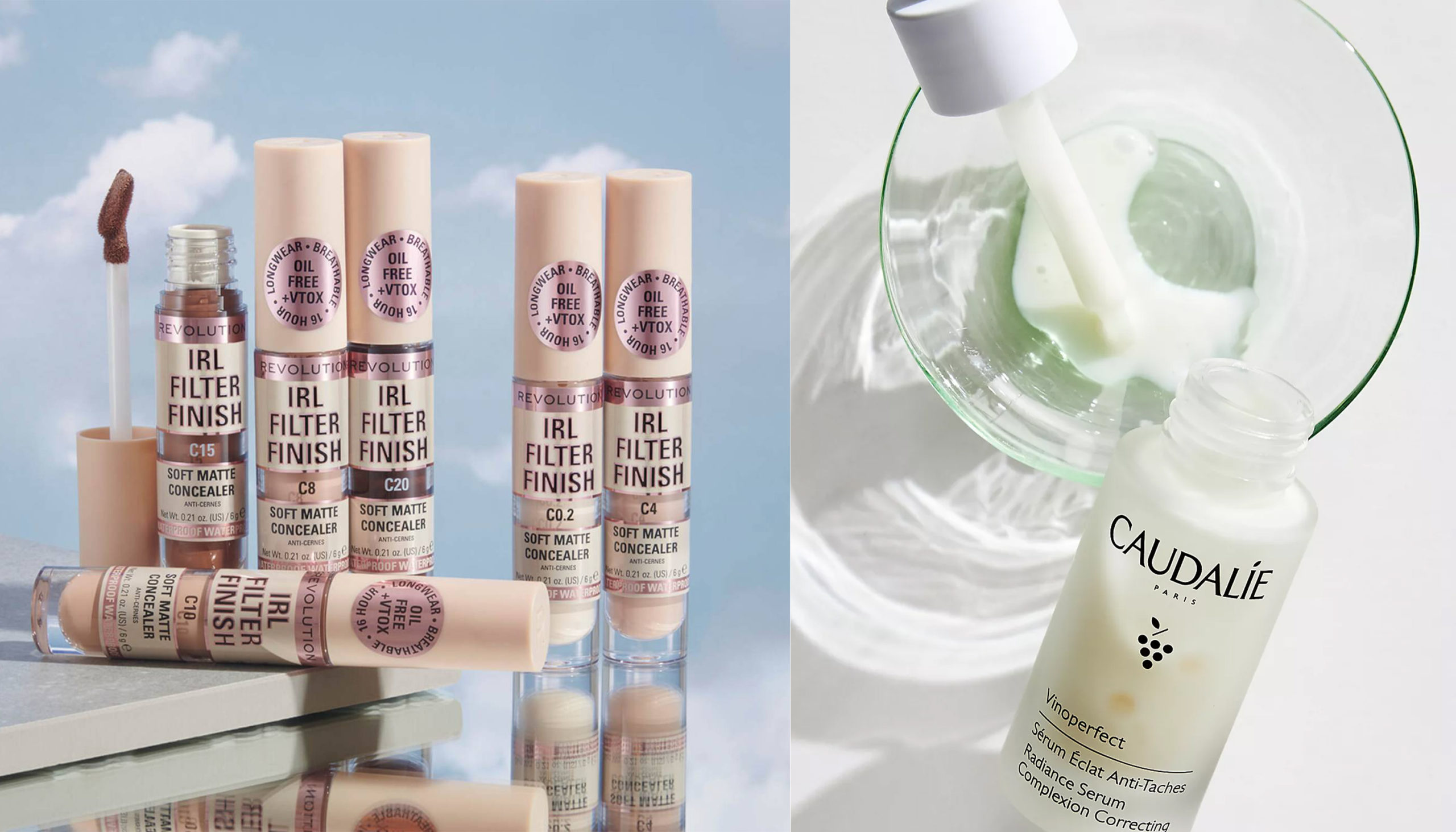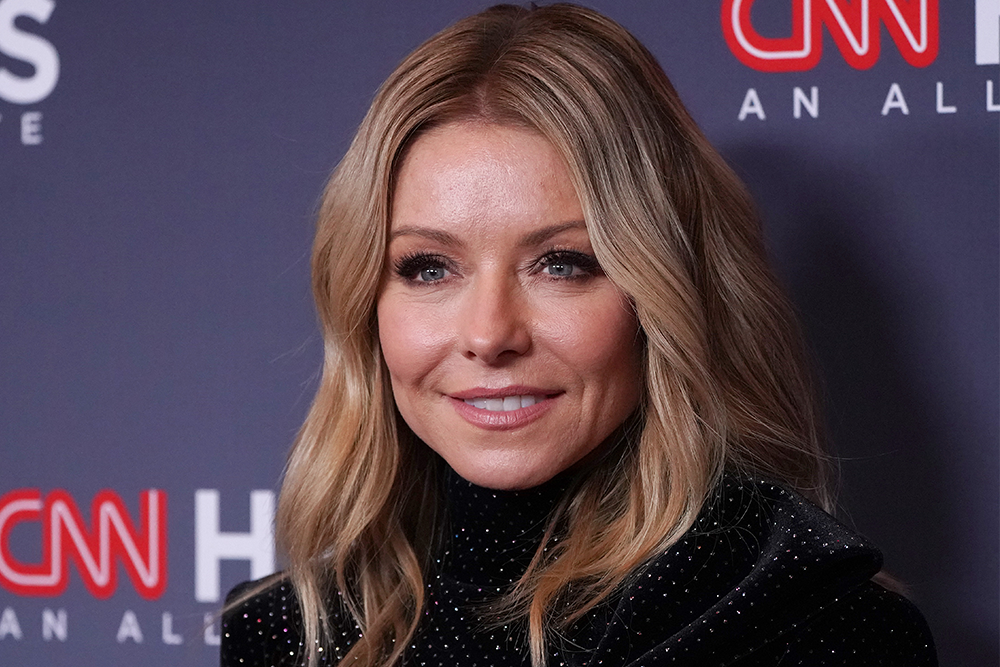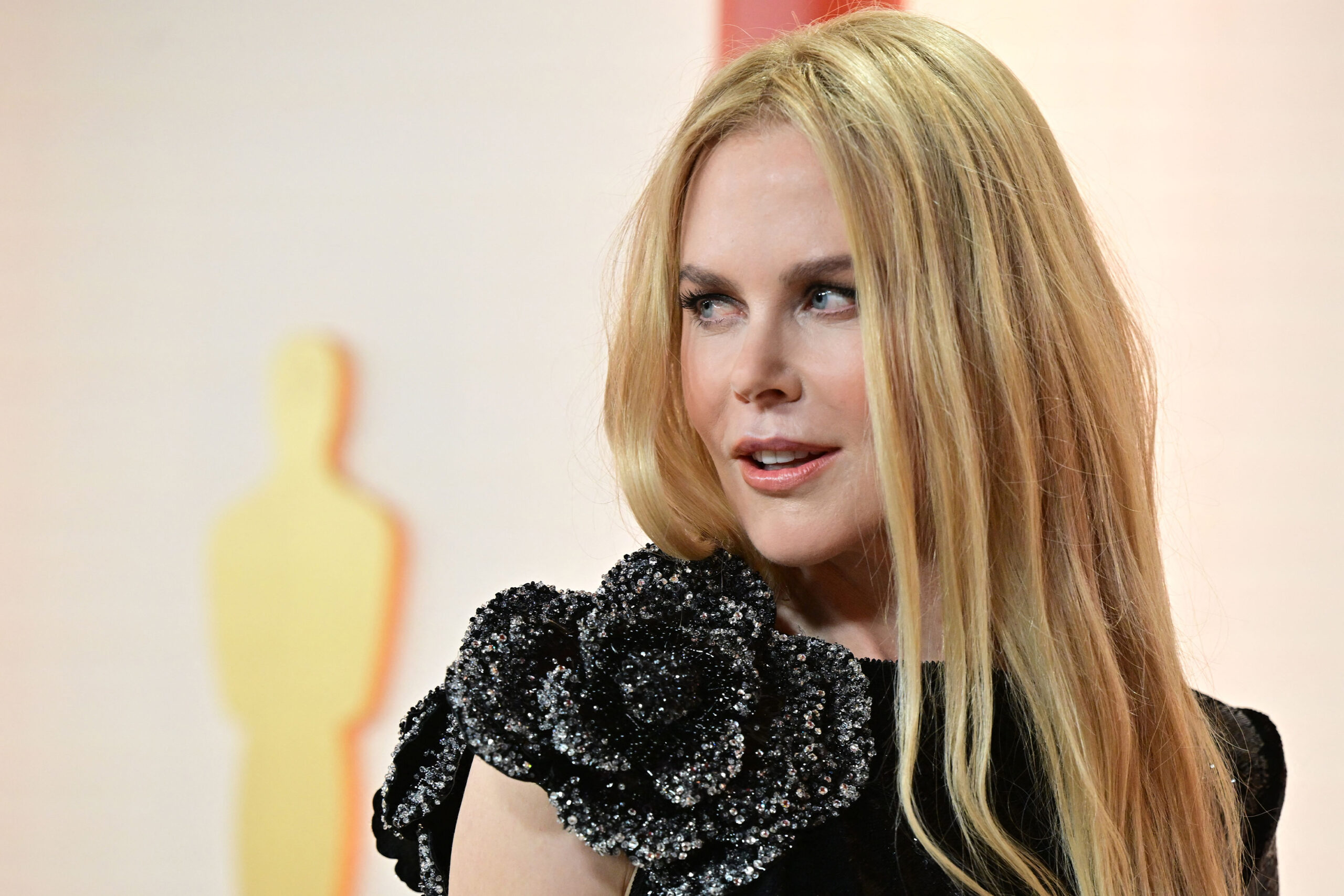New York plastic surgeon Mokhtar Asaadi, MD says that every plastic surgery patient is different, and their needs are varied, but when it comes to treating malar bags—the puffy bags underneath the eyes and above the cheekbones—there is one combination that includes festoon correction and a mid-facelift that he finds gives the biggest improvement.
Evaluating the Type of Under-Eye Bags
As we age, several contributing factors occur that causes changes to the face. “Skin loses its strength and elasticity, the lower eyelid muscle strength also decreases and there is also some absorption of the bone,” he explains. “Many times, a patient will say they want a lower eyelift because they have bags under their eyes, but in someone with festoons, malar bags and malar edema, what is going to give the best correction is this combination of festoon correction with a mid-facelift.”
To diagnose whether the festoons are caused by excess fat or muscle laxity, Dr. Asaadi does a lateral pull test and squint test. If malar bags improve, the patient has muscle laxity and festoons. If these tests do not improve the bags, the patient has fatty deposits or malar mounds. Dr. Asaadi will also inject a small amount of Botox Cosmetic into the orbicularis oculi area around the eye. If the malar bags get worse after the injection, then cause of the festoons may be muscle laxity. However, if there is no change, then excess fat may be the cause.
More than a Lower Eyelid Lift
Lower blepharoplasties are effective for patients with mild laxity, he says, but for those with heavier, fuller festoon or malar bags Dr. Asaadi recommends a specific technique. “If excess fat is a contributing factor, then the fat deposits underneath the skin or under the muscle must be surgically removed. The fat under the muscle and over the septum is recently discovered and it is called Anterior Septal Fat (ASF), which is different from Suborbicularis Ocular Fat (SOOF). If the cause is muscle laxity, then the ligaments of the surrounding eye muscles must be released, and the eye muscles need to be tightened to reduce puffiness.”
A Full Rejuvenation
To really address the areas that are dragging the mid-face down and causing a tired or aged look, Dr. Asaadi addresses both the excess skin and tightens the muscles that are creating a drooping appearance. “Because the work that’s done above the area of the festoon, the orbicularis retaining ligament, is the other part of the festoon area that has to be released. Then, you must go further down, release the zygomatic ligament and what we do at the same time, is an elevation of the deep part of the face which is called a mid-facelift.”
Ensuring the Best Result
Because treating festoons is a highly detailed surgery, Dr. Asaadi stresses that understanding patient anatomy and facial structure is key. “If you treat them correctly the first time, there is no need for a revision down the line. My patients not only look younger and well rested, but they are also finally rid of the puffiness, under-eye bags and tired-looking appearance that made them look older. It’s truly life-changing.”
